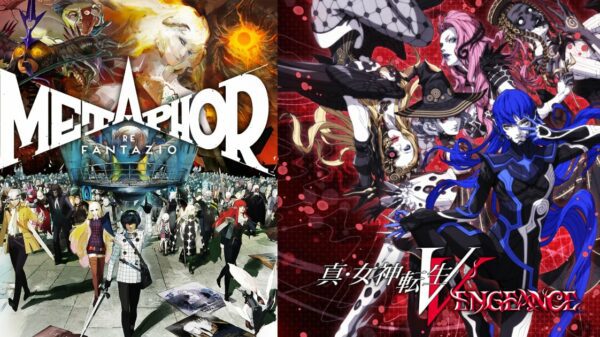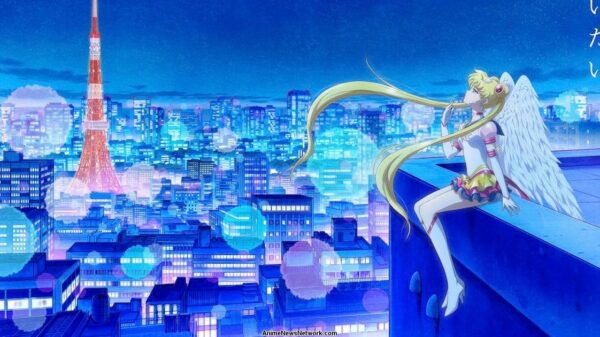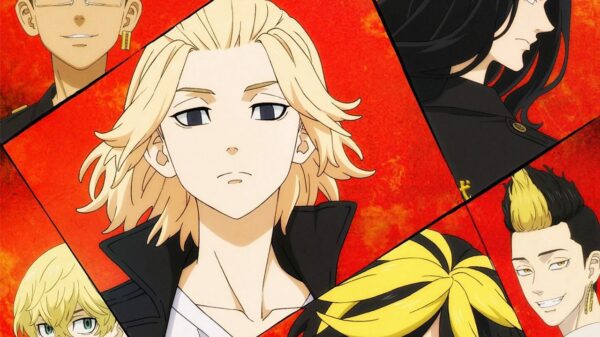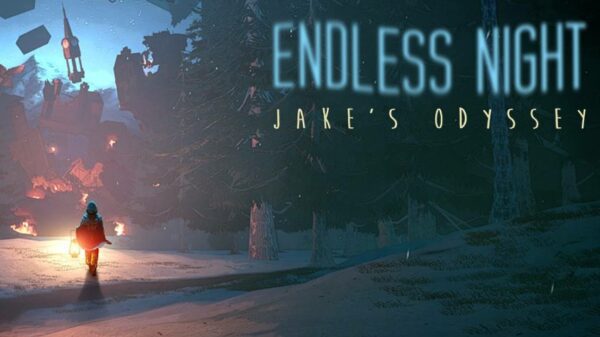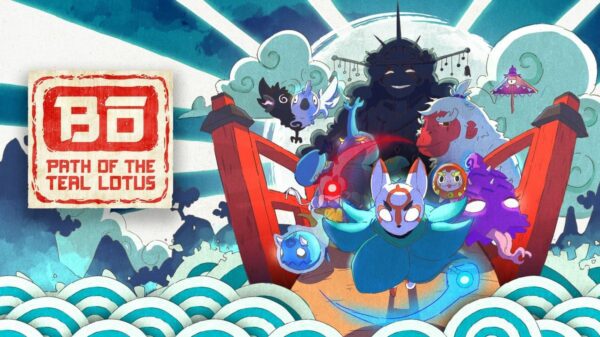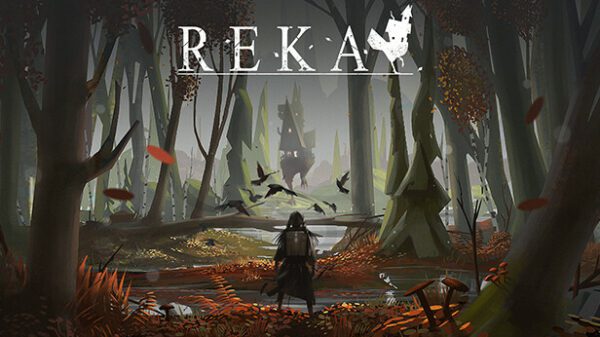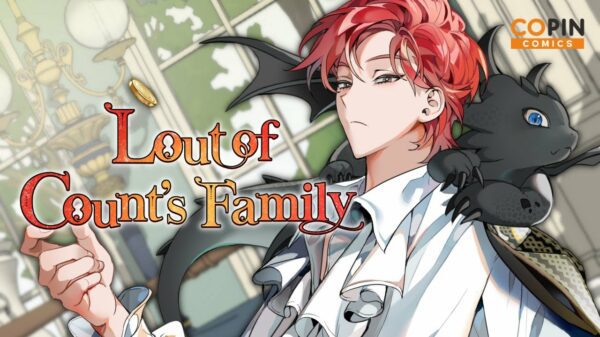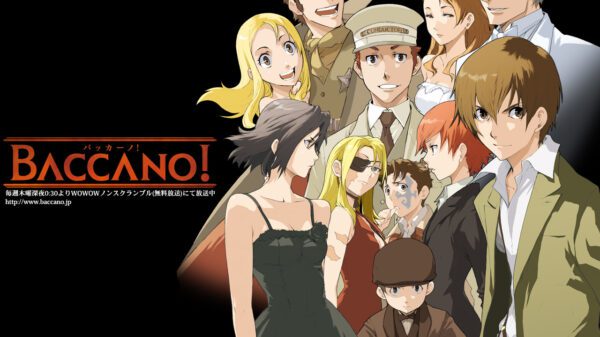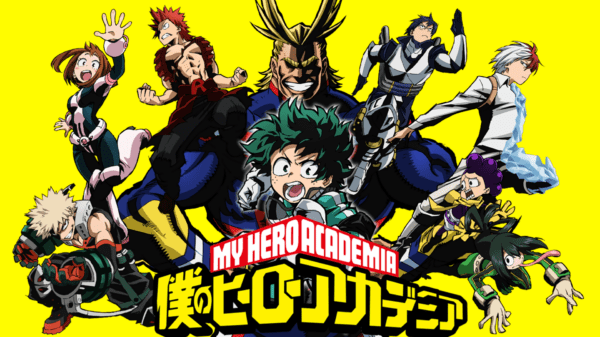Dear intrepid readers,
If you get really into comics, there will come a time when you might think of taking this passion to the next level and start collecting. Instead of buying trades to catch up, you might think of hunting down older issues, reading them the way they were originally published and collecting the whole set. That might lead you to collecting vintage comics. Or you might just think that collecting expensive comics might be a good investment. In either case, you might wonder which comics to buy, which ones are worth that heavy price tag and most importantly, what determines that price.
Honestly, if you are collecting to invest, I would highly recommend you talk to your
broker or financial planner since comics are not as liquid as other assets, nor
are they as transparent. The number one rule to buying expensive comics is that
the decision to buy must come from the heart and not the brain. You have to be
smart, of course, since there is a lot of money at play, but buying strictly
from an economical perspective takes the fun out of it and may lead to
speculation bubbles. If you are buying something you like, then odds are other
people like it too. If you are buying simply because it’s expensive and it might
be worth even more later, then you are just speculating. Since the future is
uncertain, that money might be lost and it is the same thing as simply speculating
on the stock market.
Here’s a quick example. When The Dark Knight Rises came out, issues of Bane’s first appearance (in the aptly titled Vengeance of Bane #1) started fetching high prices on e-bay, nearing and going over 100$. The book was only worth 30$ in the guide and now that the hype is gone, the book sells for 30$ again. Some people lost money here. And the same thing happened with this horrible piece of S%#T book called Joker’s Daughter #1. Since no-one wanted this book and it had a 3-D cover which DC comics had to manufacture months in advance, few were made (in comparison to other books coming out that same time). So, people thought that would make it rare and there were enough people thinking this, making the price go up to over 80$. However, the hype died down almost instantly because in the end, it was a crappy book and apart from the semi rarity (all things considered, there were still thousands published), there wasn’t much reason to get it. After a week of release, the price was down to 25$. Feel free to check on e-bay how much the 3-D cover version of Joker’s Daughter #1 goes for on e-bay these days and know that people once paid 80$ for it.
This is all to indicate that collecting comics while hoping to make money out of it,
is very very tricky. Even if you are simply collecting and buying it for your
collection, I am sure you still hope to retain the book’s value. No one wants
to get burned even if they really love the book they got. Since these articles
are just about starting out in the world of comics, I will simply give you the
two elements that you have to watch out for when evaluating if a comic book can
have lasting growth. Of course, before I begin listing this, the best advice I
could give you is to buy a comic book price guide.
It will give you an idea of how much you should pay for a comic and help you not get ripped off when you go to a convention. The first appearance of Carnage might look appealing when you see it at a convention, but you shouldn’t pay more than 30$ for it (uncertified). It’s simply not that rare a comic for it to be worth more. But how do I know that, what exactly is at play when considering the worth of a comic? Well, the general 2 elements that influence price are:
1) Rarity (supply)
2) Popularity (demand)
Notice age and condition isn’t there. Condition is just a gradient, making a book less rare or rarer. A book that isn’t rare won’t be worth so much more because it is in nice condition. And a very rare book in bad condition can still be worth a lot. So instead of seeing condition as another big variable, let’s just incorporate it into a book’s rarity. So the range of a rarity would go from a book that isn’t rare in bad condition to a book that is super rare in great condition.
As for age, well just because something is old, it doesn’t mean it’s popular or rare. Comics were one of the main sources of entertainment to kids in the 50s and 60s, so a lot of comics were published. They would publish comics of everything that was remotely popular. However, not every franchise stays popular forever. Many DC and Marvel superheroes stayed popular, hence why their comics from that era are worth more today. But what about the Munsters? Or that tv show “The Cat” starring Robert Loggia? Tell me you remember that one, please. A company called Gold Key would publish comics of tv shows from that era (like “The Cat”, “I Spy” or “The Man from U.N.C.L.E.”) and believe it or not, they are not worth that much today. If any of them are worth anything close to 100$, that’s because it is certified in amazing condition looking like it was never read. But that just means it’s rare, age itself had nothing to do with it.
Now that we got that covered, I will give you six examples, explaining how rarity and popularity play a role in determining lasting growth in comics. The following six comics are listed in order of rarity and for each example I give the price that the same comic of the same condition fetched for at different points in time.
Uncanny X-Men 141
2007: $95.60
2008: $114.72
2010: $95.60
2011: $92.02
2013: $155.35
This is not a rare comic book, but it is popular since it is the beginning of the Days of Future Past storyline. As you can tell, there is no specific pattern for growth here. It is getting a bit more expensive because of the film but that’s just speculation and we now know how that turns out. Since this comic is not rarer than issue 140, the pricier nature of this comic is simply due to its popularity, which can change.
Walking Dead 1
2011: $2,500.00
2012: $10,000.00
This comic is not that rare either, though rarer than most DC and Marvel comics, with there being 7000-8000 copies out there. However, the popularity is INSANE, driving the prices waaaaaay up. To make things interesting, I listed the price obtained for the nicest copies (with the best condition according to CGC) so that you can clearly see an astronomical growth, which almost reminds me of Nortel. From what you will see in the next examples, this growth is definitely out of line with any recorded growth for any comic and that should set off some alarms. If popularity can drive the price of a book this high, then what happens when the show is over? Or when the comic ends? That is what is keeping this price so high. As soon as less than 7000 people out there are willing to pay over 1000$ for Walking Dead #1 (of standard condition), prices will drop. It’s all speculation from here.
TMNT 1
2011: $5,975.00
2013: $8,962.50
This example’s interesting. There are only 3000 copies of the first print of Teen Age Mutant Ninja Turtles #1. How many fans are out there and how many are ready to pay this much for the first issue? Let’s think about it this way: every year, more people who were fans as kids are able to afford it as they move up in their careers. So if more than 3000 fans are willing to pay this much, then we have sustainable growth. Also, unlike The Walking Dead, Ninja Turtles has proven its lasting popularity and is now a brand name, as much as Spider-man and Batman are, and keeps gathering fans through the different incarnations of the franchise.
Batman 1
2011: $23,900.00
2013: $50,787.50
Now, we are getting into the rarer stuff. Issues of Batman 1 are rare regardless of the grade and always fetch high prices. It is the first appearance of the Joker and Catwoman and it is the first comic dedicated just to Batman (he appeared in Detective Comics before, but he would only get one story in the anthology). The high popularity as well as the high level of rarity explains the prices and the growth of this comic. However, this comic is not as rare as…
Action Comics 1
2012: $298,750.00
2013: $388,375.00
This is the most popular comic in existence. It has the very first appearance of a Super-hero and that super-hero just happens to be Superman. It is also rarer than Batman 1, and this combination of extreme rarity and popularity explains why it is the most expensive comic book of all time. However, it isn’t the rarest comic.
Detective Comics 16
2004: $3,335.00
2012: $5,377.50
Detective Comics 16 might not be the rarest comic either but with less than 20 copies found and certified, it’s definitely rarer than all other comics discussed so far. However, there aren’t as many collectors out there ready to pay so much for a comic that doesn’t have the classic comic book icons we love. This comic came out the very same month as Action Comics 1, but unlike that comic, this one didn’t have Superman. In this case, the growing worth is mainly supported by the book’s rarity.


